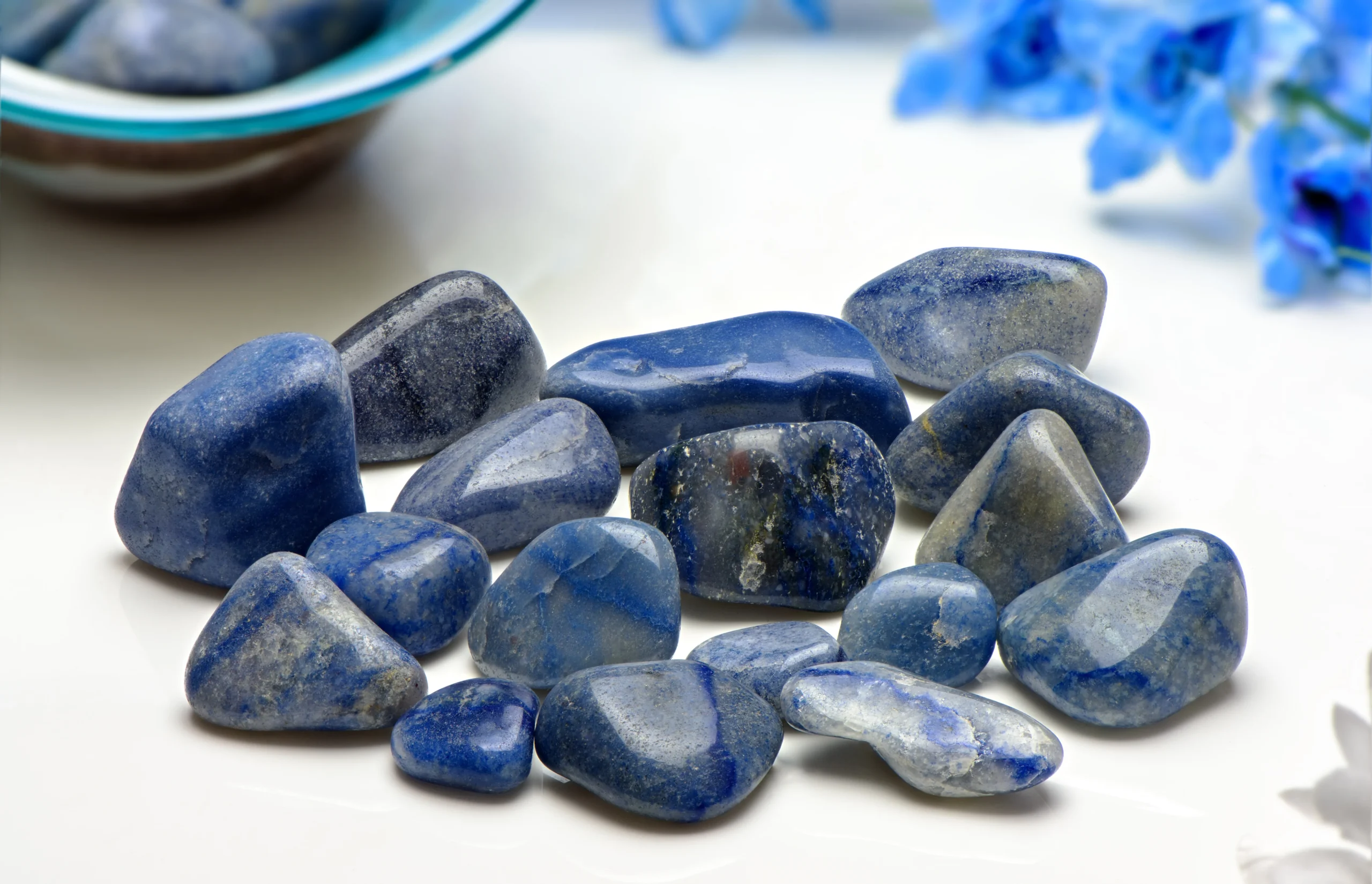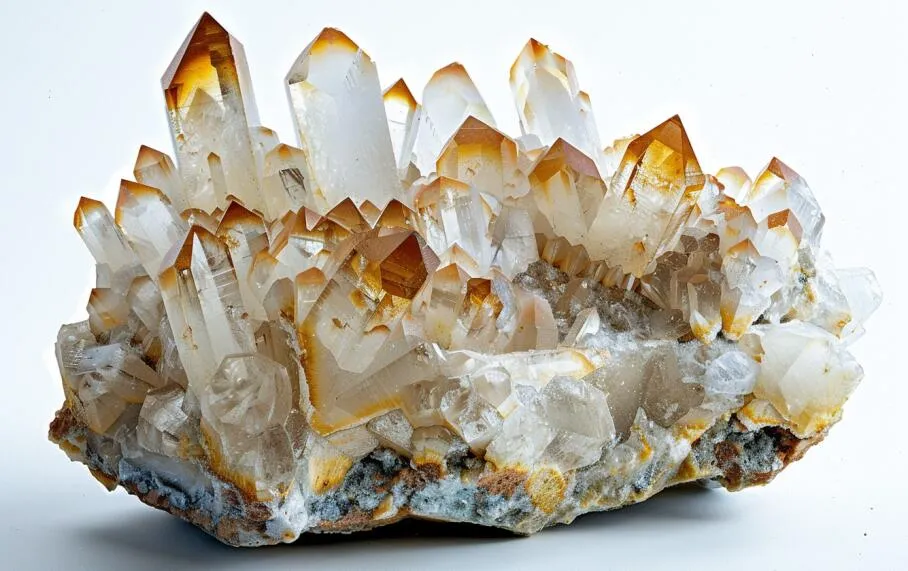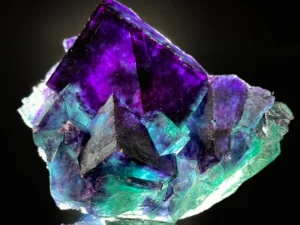Description
Quartz: The Ubiquitous Jewel of the Earth
Quartz. The name might not immediately conjure images of dazzling gemstones or rare and exotic minerals. Yet, this seemingly simple silicate mineral is, in fact, one of the most abundant and versatile substances on Earth. From the towering crags of mountain ranges to the grains of sand on a sun-kissed beach, quartz is a silent, steadfast foundation upon which our world is built.
A Chemical Composition and Crystal Structure as Solid as it Sounds:
Chemically, quartz is silicon dioxide (SiO₂). This straightforward formula belies the complexity of its crystal structure. Under the right conditions, silicon and oxygen atoms link together in a continuous framework of tetrahedra, forming a hexagonal crystal structure renowned for its strength and stability. This intricate structure accounts for quartz’s hardness (7 on the Mohs Hardness Scale), making it incredibly resistant to weathering and abrasion.
More Than Just a Pretty Face: The Diverse World of Quartz Varieties:
While the basic building blocks remain the same, the world of quartz is far from monotonous. Slight variations in chemical composition, inclusions, and formation processes result in a breathtaking array of varieties, each with its unique characteristics and appeal. Some notable examples include:
- Clear Quartz (Rock Crystal): Pure and transparent, rock crystal is prized for its beauty and clarity. It is often used in jewelry, optics, and even in electronics.
- Amethyst: The regal purple hue of amethyst is attributed to trace amounts of iron impurities. It’s a popular gemstone known for its calming and spiritual properties.
- Rose Quartz: Characterized by its delicate pink color, rose quartz is often associated with love and compassion. The color is due to the presence of titanium, iron, or manganese.
- Smoky Quartz: A dark, almost brown, variety, smoky quartz gets its color from natural irradiation of the silicon dioxide. It is often used in jewelry and is believed to have grounding properties.
- Citrine: With its sunny yellow to amber hues, citrine gets its color from trace amounts of iron. It’s often used as a substitute for the more expensive topaz.
- Agate: Composed of fine-grained chalcedony (a cryptocrystalline form of quartz), agate is known for its intricate banding and patterns. It comes in a vast array of colors and is popular for decorative purposes.
- Jasper: Another variety of chalcedony, jasper is opaque and often features bold, mottled patterns.
- Chert and Flint: Dense and hard varieties of microcrystalline quartz, chert and flint were historically used to make tools and weapons.
A Mineral of Invaluable Utility:
Beyond its aesthetic appeal, quartz plays a crucial role in numerous industries:
- Electronics: Quartz crystals possess piezoelectric properties, meaning they generate an electrical charge when subjected to mechanical stress. This makes them essential components in watches, radios, and other electronic devices.
- Construction: Quartz is a major component of sand and gravel, which are vital materials in concrete and asphalt production.
- Glassmaking: Quartz sand is a key ingredient in the production of glass, offering strength and clarity.
- Abrasives: Due to its hardness, quartz is used in various abrasive applications, including sandpaper and sandblasting.
- Scientific Research: Quartz’s purity and stability make it ideal for use in laboratory equipment and scientific instruments.
More Than Meets the Eye:
From its dazzling crystal formations to its indispensable industrial applications, quartz is a testament to the power and versatility of the natural world. It is a mineral that connects us to the Earth’s past, present, and future. Next time you encounter a sparkling crystal, a smooth pebble on the beach, or a vibrant piece of jewelry, take a moment to appreciate the silent, steadfast beauty and boundless utility of quartz – the ubiquitous jewel of our planet.












Reviews
There are no reviews yet.